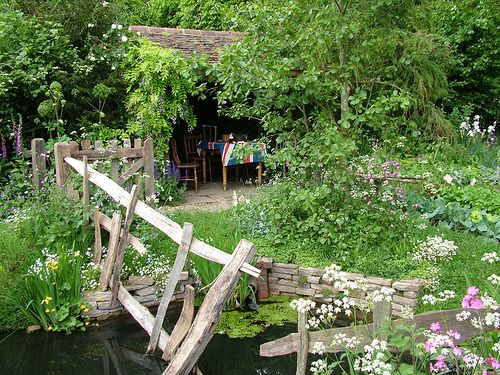So far we've mostly concentrated on the internal requirements of the dwelling, but the design will be greatly shaped by the site and the chosen location of the house on the block.

An important part of the design process includes researching the site. Site data will include: information about 'your' site, information about 'neighboring' properties and information about the 'locality'. The result of collecting as much site data as possible will be a site plan drawing - with written notes included, preferably drawn to scale on A2 size paper.
Site plan
The site plan should show such items as the following:
- Any trees over three metres in height and its exact location - include truck diametre and canopy diameter.
- Rocky outcrops - show to scale.
- Shadowing from trees. Show winter and summer shadow falls (10am and 3pm for both). You can gain an idea of tree 'Shadow Diagrams' by visiting your block at these times. Locate the tree shadows on your drawing by measuring where the shadows are located out from trees or boundary lines.
- Service main lines, including; storm water, sewer, electrical, and gas line locations as well as access points. Note: many sites do not have a gas main service, so if you can't find evidence of a gas main on your site you probably don't have the service. To ensure what services you do have call Dial Before You Dig.
- Levels of adjoining properties (floor levels, ridge levels, gutter levels and deck levels. Levels usually refer to "Australian Height Datum" Levels or AHD's. This allows you to work out the fall of your land. You can estimate the levels in very early stages but you will need to engage a qualified surveyor before Initial Design commences.
- Neighbouring house 'set backs'.
- Boundary; lengths, locations and junctions
- Contours at 1 metre intervals are necessary for sloping blocks.
This list can be given to a surveyor for quotation. This will cost about $1,500 for a standard size block (Oct-2013).
Photographs
Photograph various houses in the locality and research the local history - similarities in existing homes in the area may influencing your design and help formulate a design that is sympathetic to the surrounding architecture.
Planning controls
Planning controls implemented by local councils will impact on the design of your new home. Council documents included: Development Control Plans (DCP), Local Environmental Plans (LEP), and Planning Scheme Ordinances (PSO), and must be reviewed at this time. Restrictions will include; height limitations, preferred building forms and preferred scales of buildings within the locality. Take a solid look at your local council's website and view their planning control documents. You may also like to view State Environmental Planning codes which can also affect what you can building and where.
It should be noted that if your site looks like it may have issues (e.g. unstable rocks, a very steep gradient, etc.) a geotechnical engineer will need to be engaged to advise you on the most economical location for your new home. Your site may also have individual restrictions. Read through your Section 149 Certificate or Planning Certificate. This document will be found within your Sale Contract (when you purchased your property). If you have owned the property for some time you will need to apply for an updated certificate - as development restrictions change over time. The Section 149 Certificate application form and many others can be found on your council's web sites.
Call council & talks to your neighbours
If you have any questions that you need to discuss with an experienced construction professional at this time call your local council and speak with the "on duty" building inspector and planner. Tell them you're designing a new home and ask them "is there anything that will affect the design of my new home"?. Council can provide an amazing amount of information and it's FREE.
This may sound like a great deal of work but if you do your research there won't be any surprises later, and your building will work the best it can on your site.
Example list of site restrictions they maybe outlined in your Planning Certificate or councils planning controls:
- Boundary set-backs: north 900mm, east 6000mm, south 2000mm, west 5,000mm.
- Site has an easement on southern boundary special engineered footings required to support future house in zone of influence.
- Geotechnical report will be required due to bolder outcrops and possible site instability issues, cost $5,500 (Oct 2013).
- If the site is zoned 7a you will require a flora and Fauna assessment $6,000 (Oct 2013).
- The site is not connected to sewer and water mains.
- The site is home to the Perryman stand of Eucalypts and all trees at the back of the property will require an independent assessment during the council application stage to see which ones will need to be retained.
- Wind comes from the south in winter and neighbours say the wind is unbearable during winter on the southern side of their homes.
- There are views from site to the east/northeast.
- There are no gas mains servicing the site, bottled gas only.
- The section 149 says that the site is:
- Prone to flash flooding.
- Bush fire prone.
- Located in a slip zone.
Add to this list and find out as much as you can about the site, services to the site and anything at all that may impact on the design of your future house.
Related articles (9 steps of home design)
|
DIY Home Design (main page) |
Step 6. Site data (this page) |
